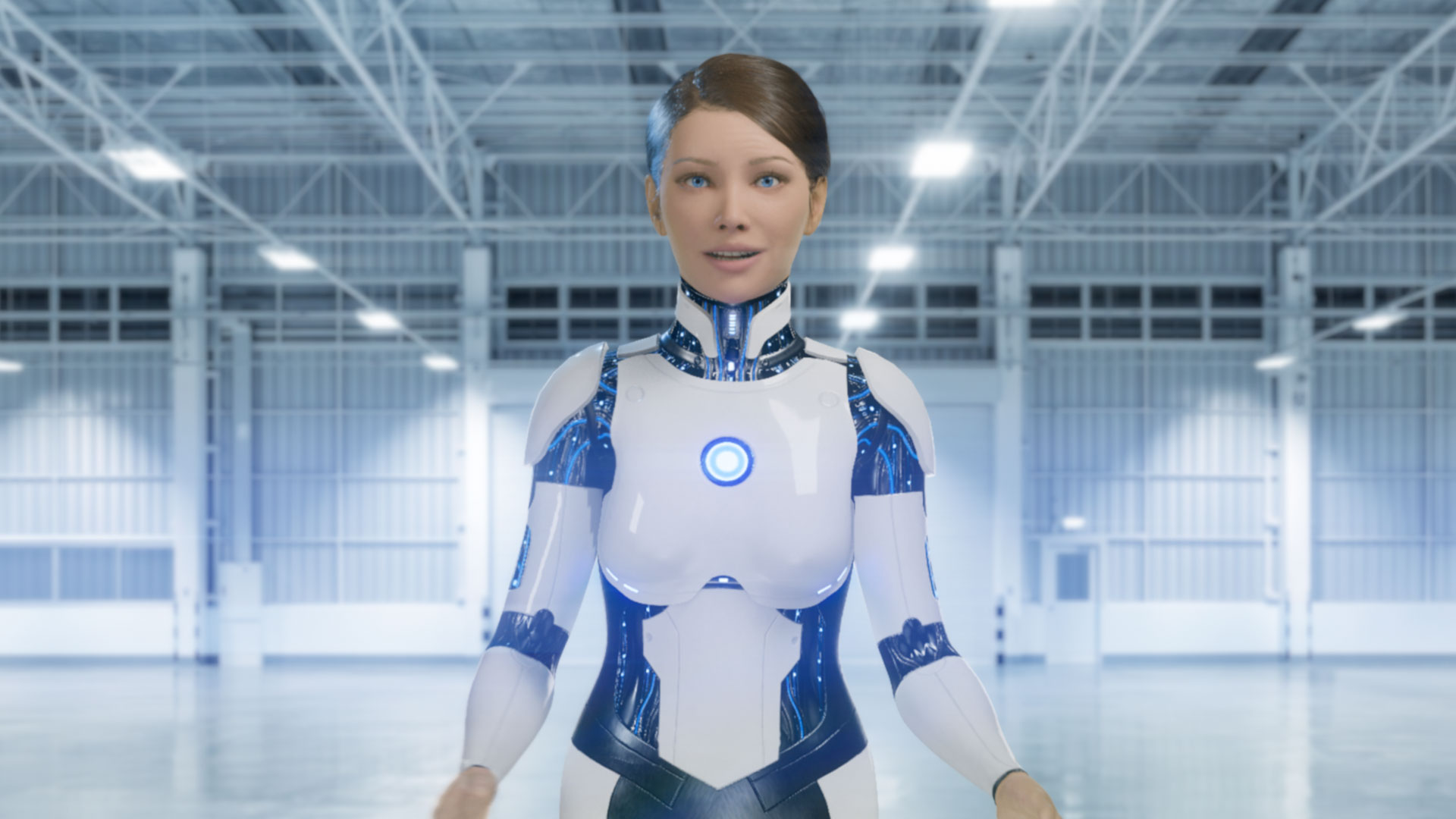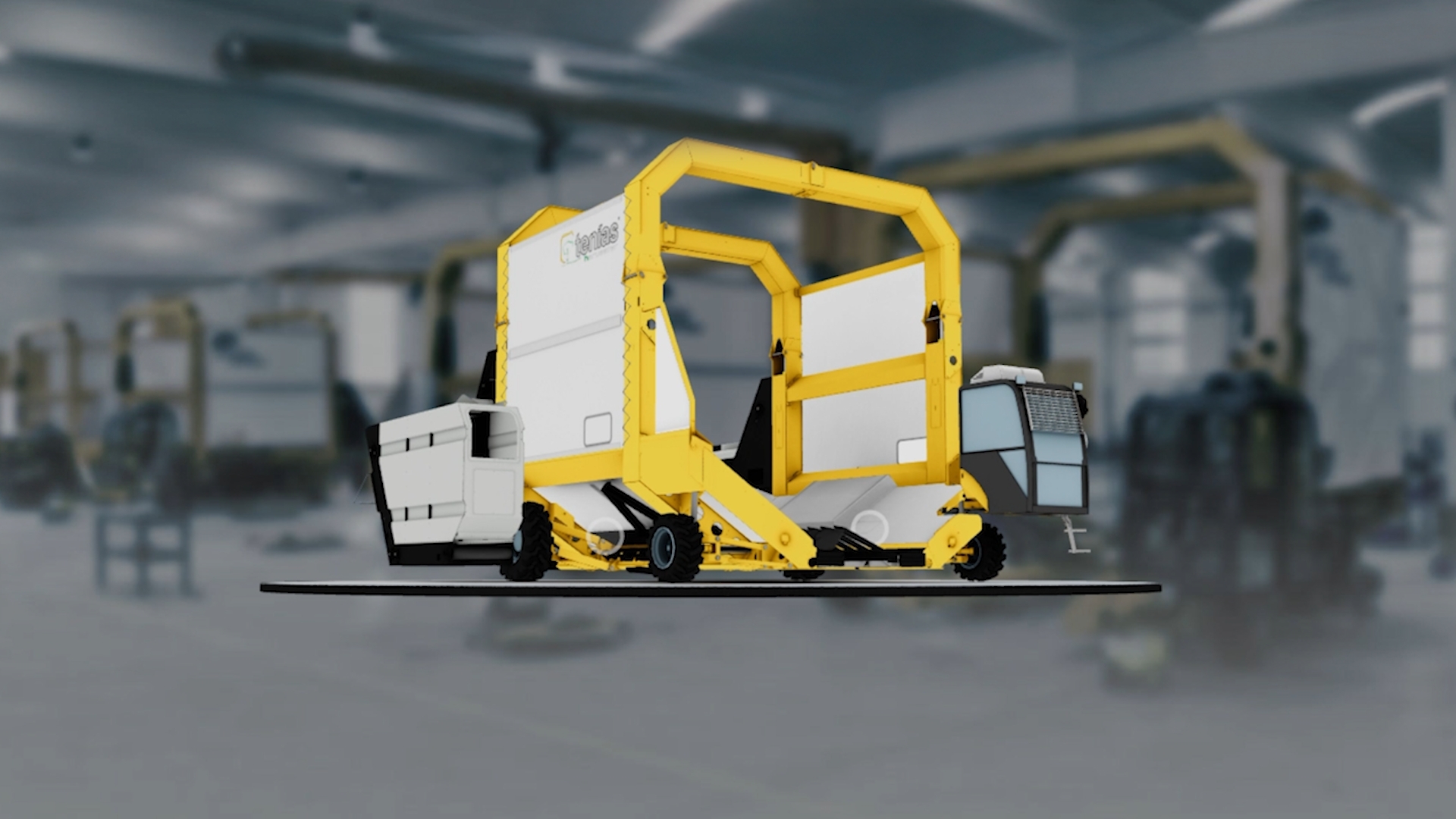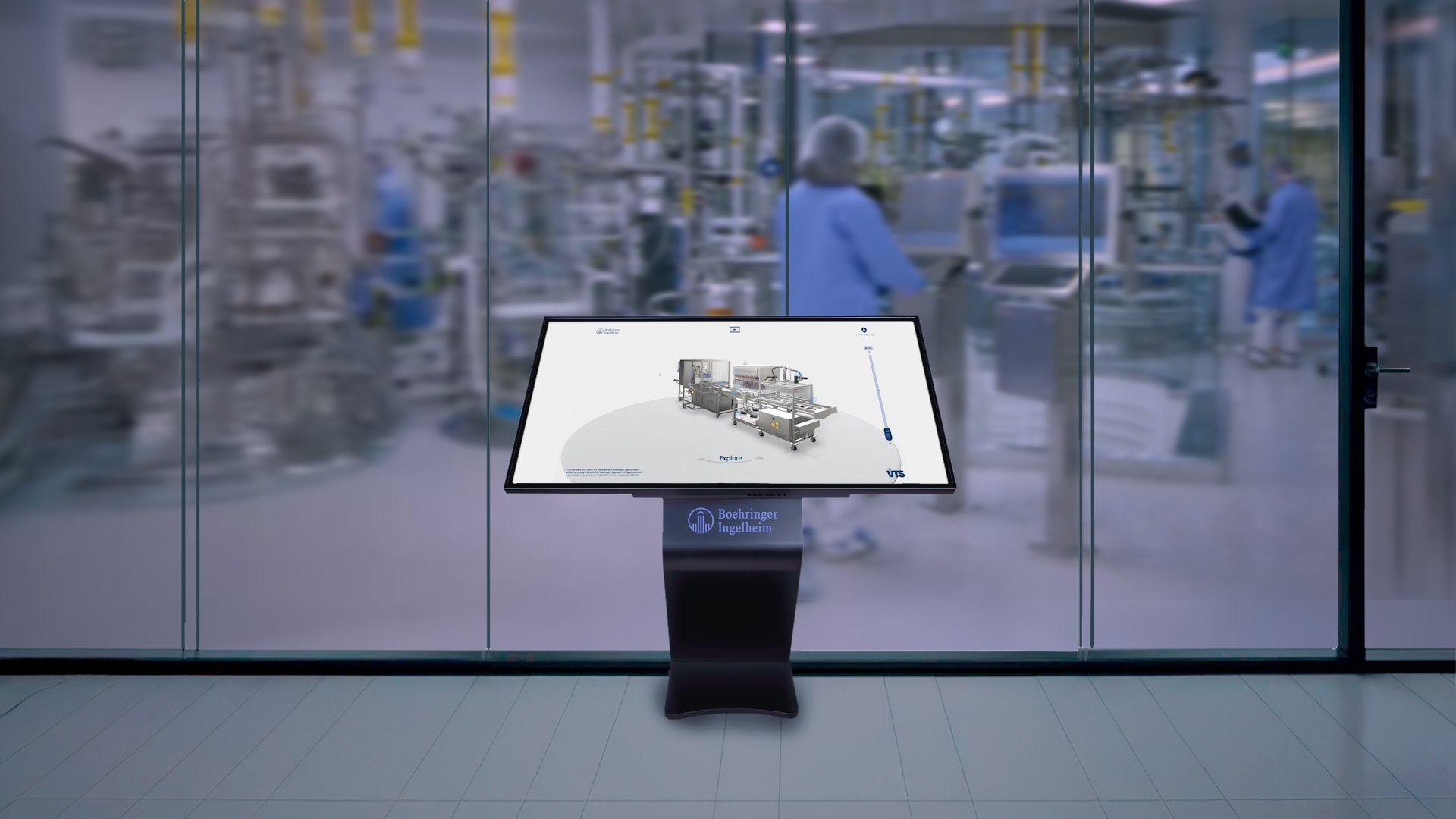How to build your factory of the future with Extended Reality and Artificial Intelligence
Imagine a factory where every decision is made with real-time data, teams work safely and efficiently in digitized environments, and artificial intelligence predicts problems before they occur. Welcome to the factory of the futurea space where the technological innovation and human creativity come together to transform the industry.
In this article you will find out how the futuristic factories are no longer a dream, but a reality: from the digital cufflinks processes with millimetric precision, right down to the Extended Reality (AR/VR), which revolutionizes training and maintenance, through the Artificial Intelligence that optimizes operations and improves internal communication. We will tell you about success stories with leading companies like Tenias Group, Global Spedition and IVECOwho are already building tomorrow's industry.
In addition, we will explore the strategic benefits of betting on this transformation: greater efficiency, cost reduction, safety, sustainability and new business models that redefine the concept of production and the increased employee.
Get ready to get inspired, learn and discover how to turn your company into a benchmark for the industry of the future.
The road to the factory of the future in Industry 4.0
The Industry 4.0 marks the beginning of a new productive era in which digitization, Artificial Intelligence and Extended Reality drive smarter, more flexible and sustainable factories. The factories of the future are no longer science fiction, they are connected spaces where data flows in real time, processes are optimized autonomously and human teams work together with different technologies and advanced systems.
Market demand for greater efficiency, customization and speed forces companies to reinvent themselves. Only those companies that are committed to this digital transformation will be prepared to lead tomorrow's industry, turning innovation into a real competitive advantage.
Here, technologies such as the Extended Reality and the Artificial Intelligence play a decisive and adaptable role in a multitude of tasks. The former enables visualization, training and collaboration in immersive environments, it also brings predictive intelligence and decision making capabilities, improving communication, prediction and learning. Together, they are redefining how to design and operate the factory of the future.
We invite you to visit our last article → Artificial intelligence applications in industry
Key technologies that are revolutionizing the factory of the future
The factories of the future are being built today thanks to key tools such as intelligent agents, virtualized trainings and digital cufflinks e interactive infographics. Here's how these tools are completely transforming the way we produce and collaborate.
Extended reality for training, monitoring and maintenance
The Extended Reality is redefining the way industrial teams learn, work and cope with complex environments. Thanks to the Virtual, Augmented and Mixed RealityIn this way, workers can train in simulated environments, practice safety protocols and perform remote maintenance with unprecedented accuracy. Thus, the factories of the future not only improve their productivity, but also enhance the safety and training of their professionals.
A clear example of this is the Global Speditionwhere from Imascono we created a solution for virtual training tailored to the company's needs. Through this immersive experience, workers receive practical training in a controlled digital environment, reducing risks and optimizing learning time. An example of how XR is key to improving worker learning, making factories safer and more competitive.
You may be interested in → Simulation learning positions itself as a key model in high-risk environments
Artificial Intelligence: intelligent prediction and more human communication
The IA is the engine that provides the industry with predictive and adaptive capabilities. Since the failure anticipation in the machinery to the optimization of the supply chain, Artificial Intelligence transforms data into intelligent decisions. But its scope goes beyond this, it also revolutionizes the corporate communicationsthrough intelligent avatars that are more human, agile and personalized.
A pioneering example is the IRIA Iveco. It is a virtual assistant with artificial intelligence that facilitates the internal communication and access to company information. This case demonstrates how AI not only drives technical efficiency, but also the well-being and productivity of teams, humanizing technology and bringing the factory of the future closer to people.
Digital twins: Industrial planning
The digital twins have become the virtual brains behind the industry 4.0. This technology allows the creation of a digital replica of machines or plants to simulate scenarios, anticipate errors and optimize production before actually implementing it. Thanks to them, futuristic factories can anticipate problems, reduce costs and accelerate the learning of their teams, thus bringing greater efficiency.
Next to Tapeworm GroupWe have developed a virtualization solution for your industrial catalog, allowing you to realize a 360º demonstration of the machine. Accurately demonstrating its operation, benefits and key features. This case study demonstrates how each point of the machinery is self-explanatoryhelping both in the understanding of users as well as in the commercial discourse and value proposition.
Strategic benefits of the factory of the future
The factory of the future goes beyond the simple implementation of new technologies; it is a comprehensive strategy for long-term competitiveness and efficiency gains. Incorporate advanced solutions such as Business Analytics, ERPs, intelligent agents, interactive infographicsvirtualized trainings or virtual twins make it possible to optimize processes, anticipate possible failures and minimize operating costs.
These developments not only improve responsiveness to market fluctuations, but also enable faster and more accurate decision makingThis translates into greater operational agility and flexibility.
In addition to the direct benefits in terms of efficiency, factories of the future place a strong emphasis on employee safety and welfare and continuous training. Immersive environments, facilitated by the Virtual Reality and AugmentedThese factories allow workers to learn and practice in controlled scenarios, reducing the risk of accidents and improving technical training without interrupting production. Also, these factories promote sustainability through the efficient use of resources, energy optimization and waste reduction, which contributes to a smaller environmental footprint.
In short, the factory of the future not only optimizes productivity and innovation, but also reinforces the brand image by aligning itself with the values of corporate responsibility and commitment to training and the well-being of people.
Do you want to learn more about this topic? We invite you to read the Technological trends in the industrial sector
How to start building your factory of the future today
Taking the first step towards the factory of the future requires a strategic planning clear, evaluate current processes, identify opportunities for improvement and consider how and why these technologies can improve the situation in your factory. This approach allows learn, optimize and secure that each innovation brings real value to the company.
The key is in the scalabilityThe transformation becomes a reality, and the solutions are gradually implemented, integrated into the organizational culture and their benefits maximized. Thus, transformation ceases to be an isolated project and becomes a reality.
On this path, Imascono accompanies organizations to realize the vision of the futuristic factory. Our team will guide and accompany you throughout the entire process, both consulting and production. Contact with us and find out how we can help you make it happen.




